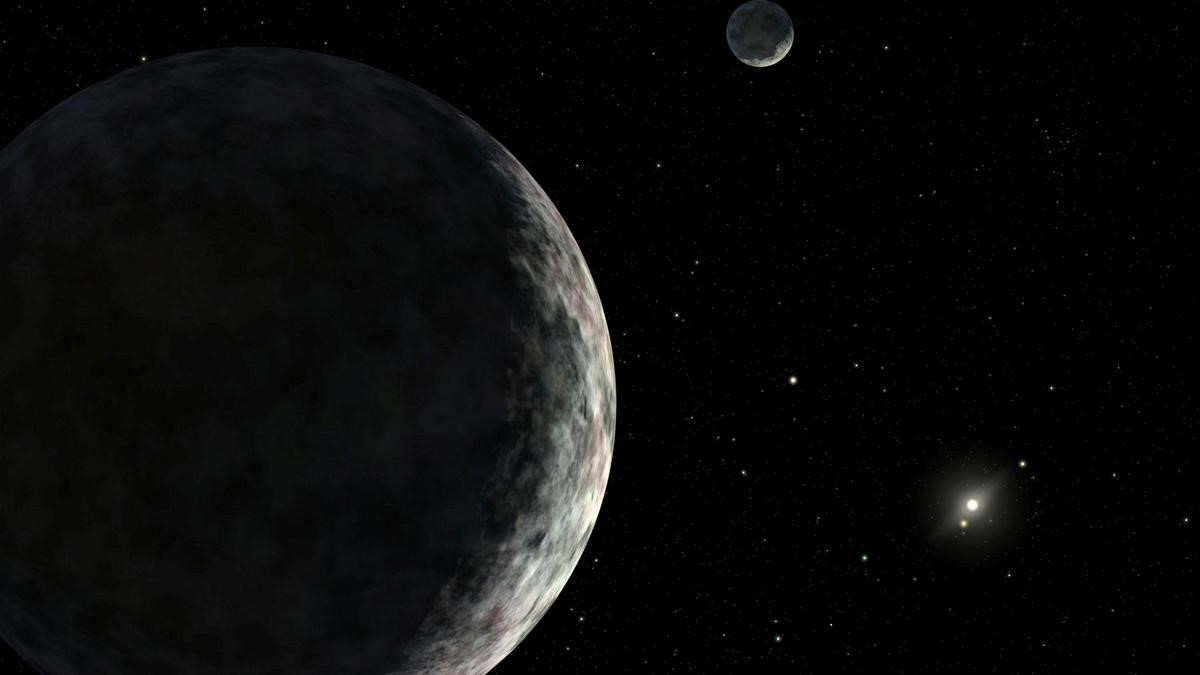Free Courses Sale ends Soon, Get It Now


Free Courses Sale ends Soon, Get It Now



Disclaimer: Copyright infringement not intended.
Context
Details
About Dwarf planets
Definition and Characteristics:
Examples of Known Dwarf Planets:
Properties and Composition:
Exploration and Study:
Conclusion
Eris' discovery and the recent insights highlight the diversity within the solar system and enrich our understanding of celestial objects beyond recognized planets.
|
PRACTICE QUESTION Q. What is the primary reason for Pluto's reclassification as a dwarf planet by the IAU? A) Its distance from the Sun B) Its lack of moons C) Its irregular orbit D) Its failure to clear its orbital path of debris Answer: D) |
© 2024 iasgyan. All right reserved